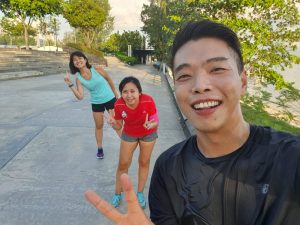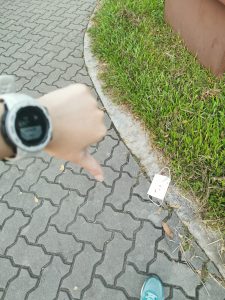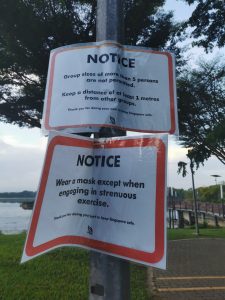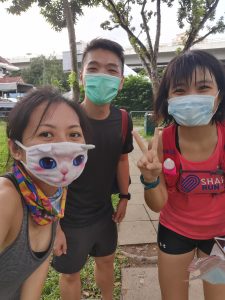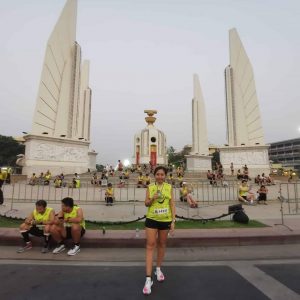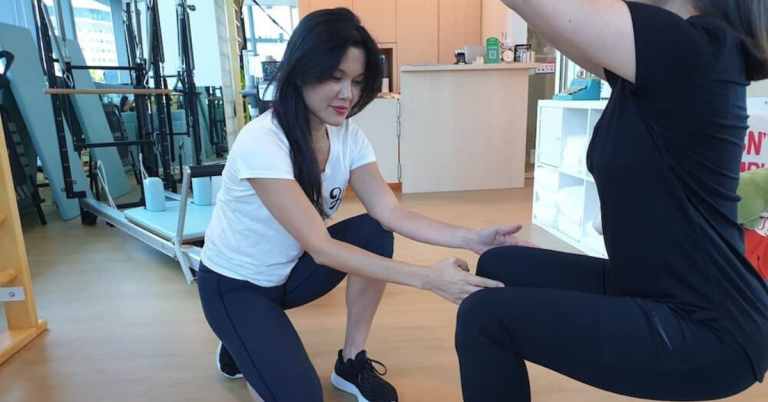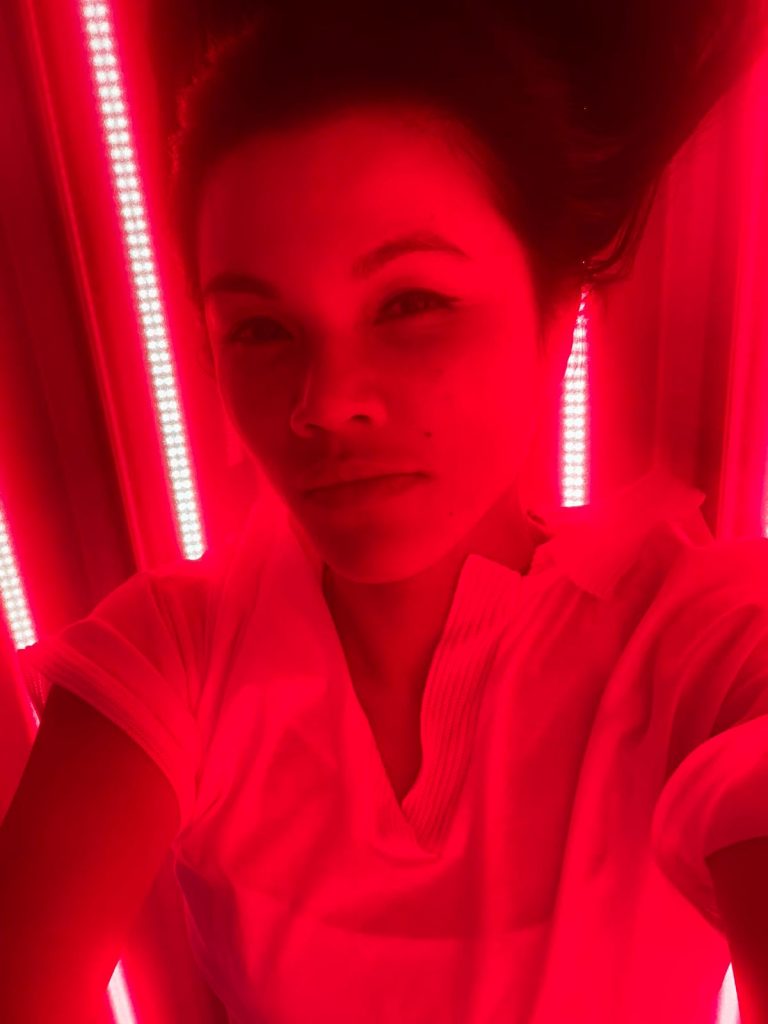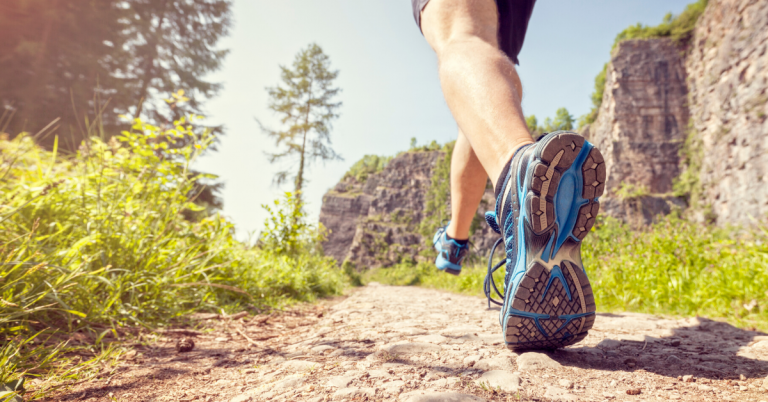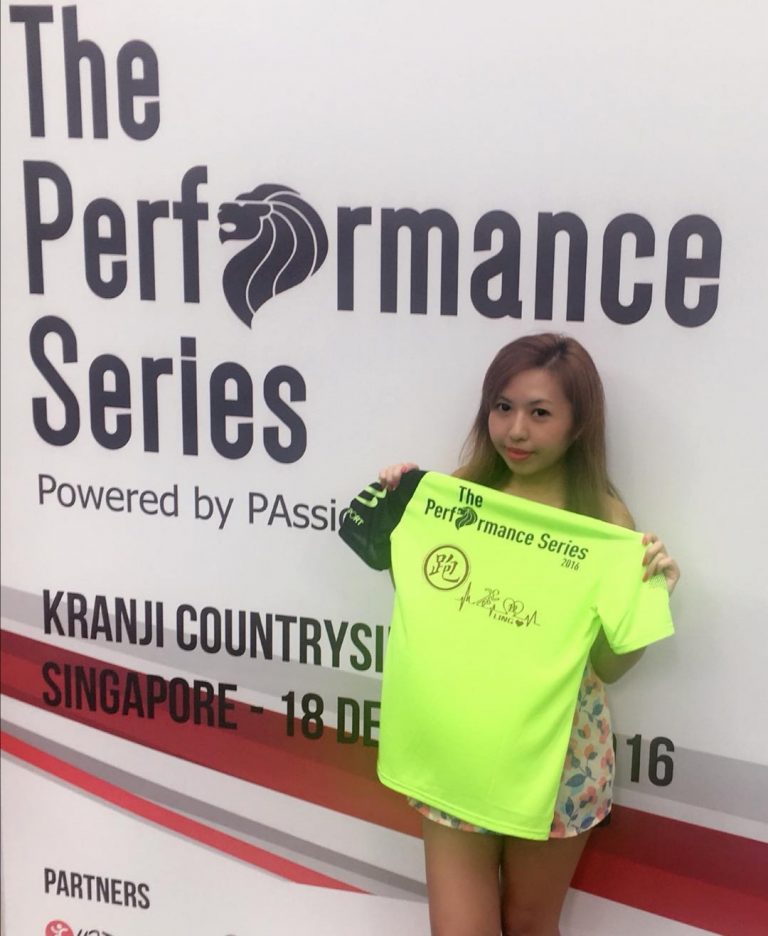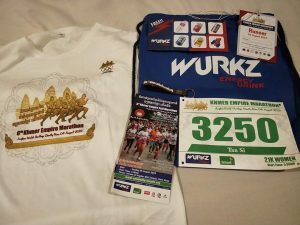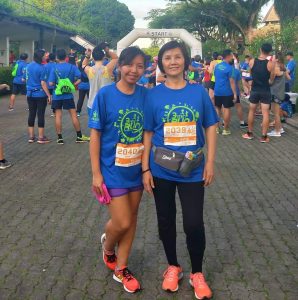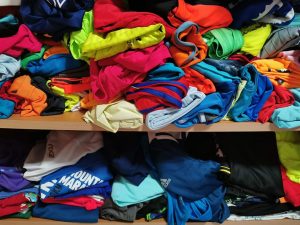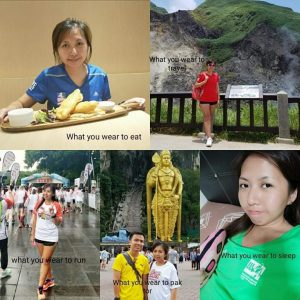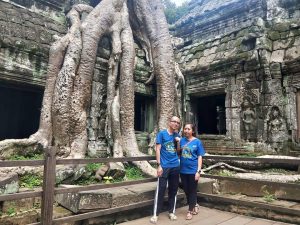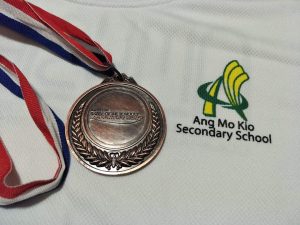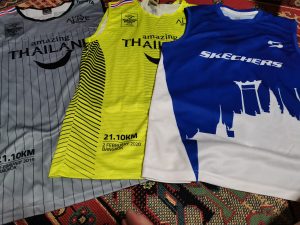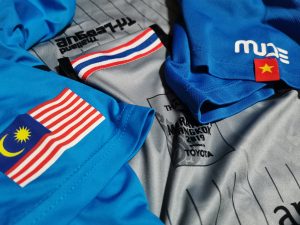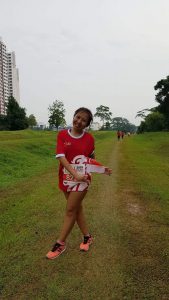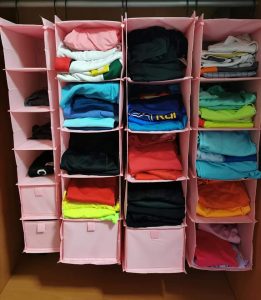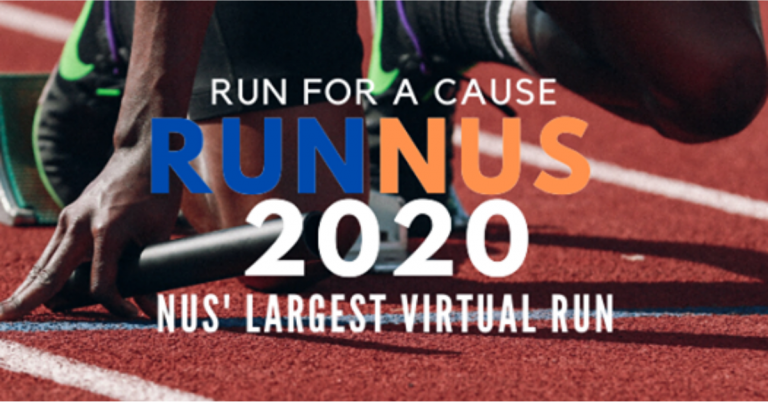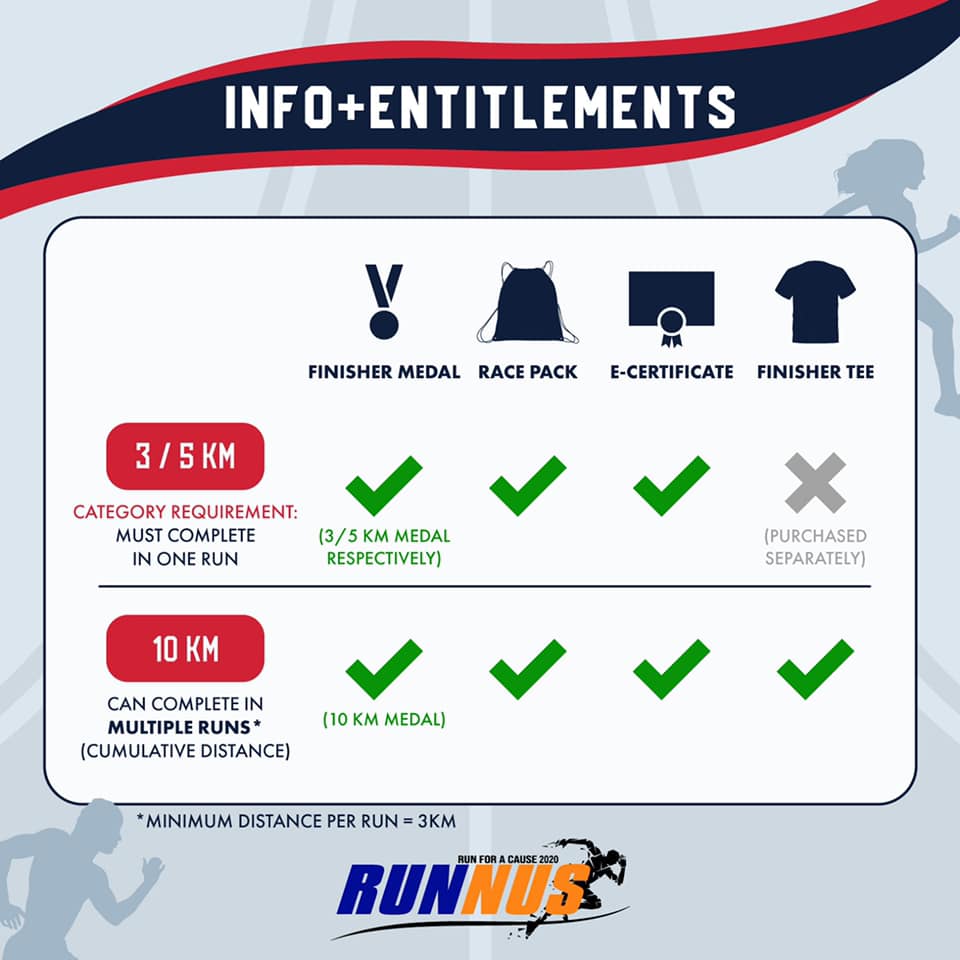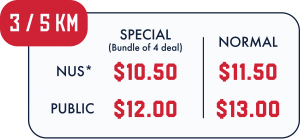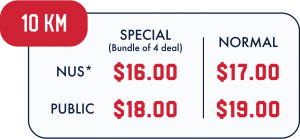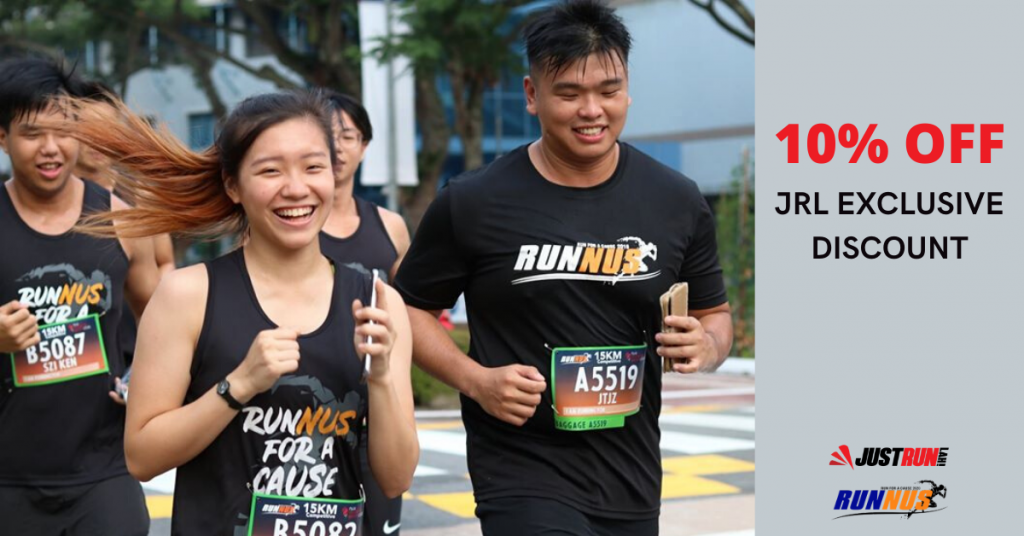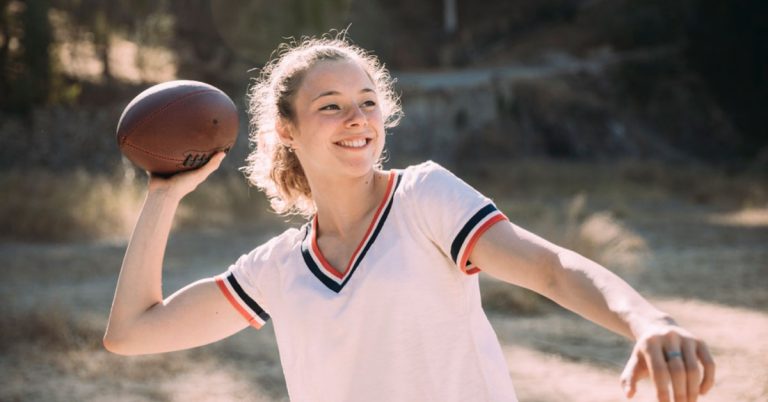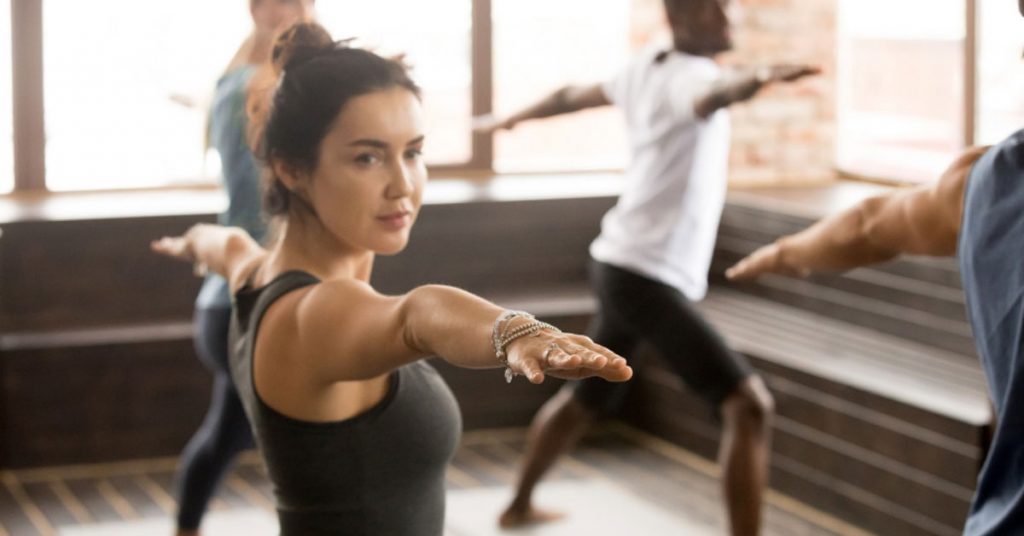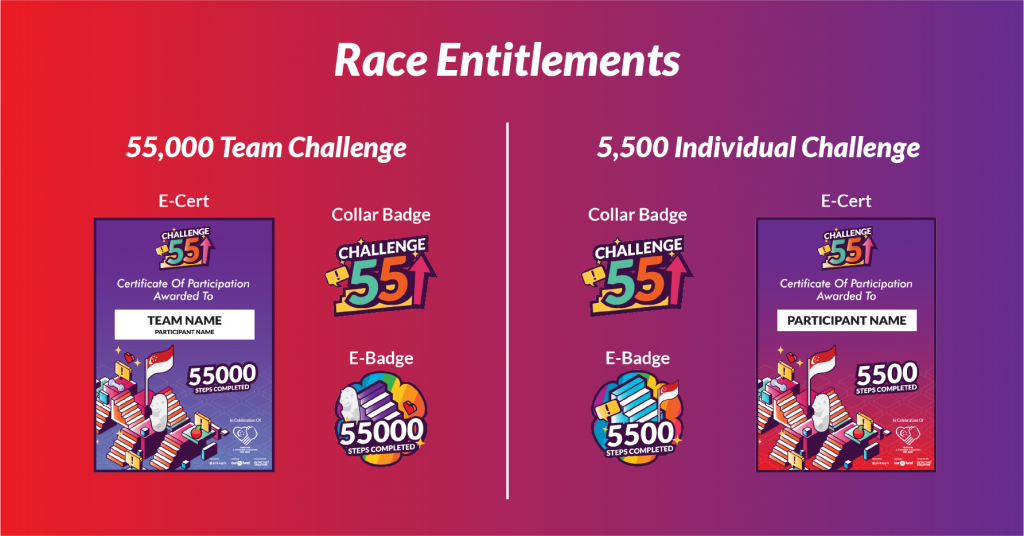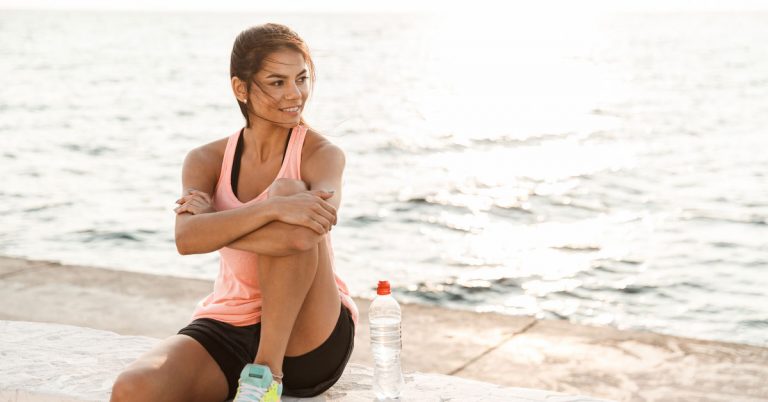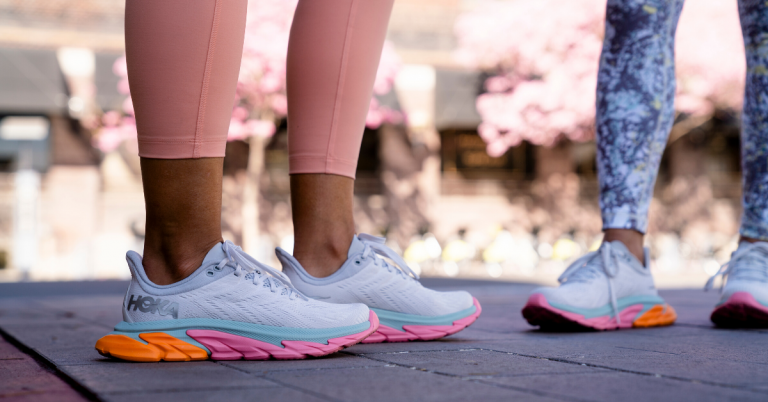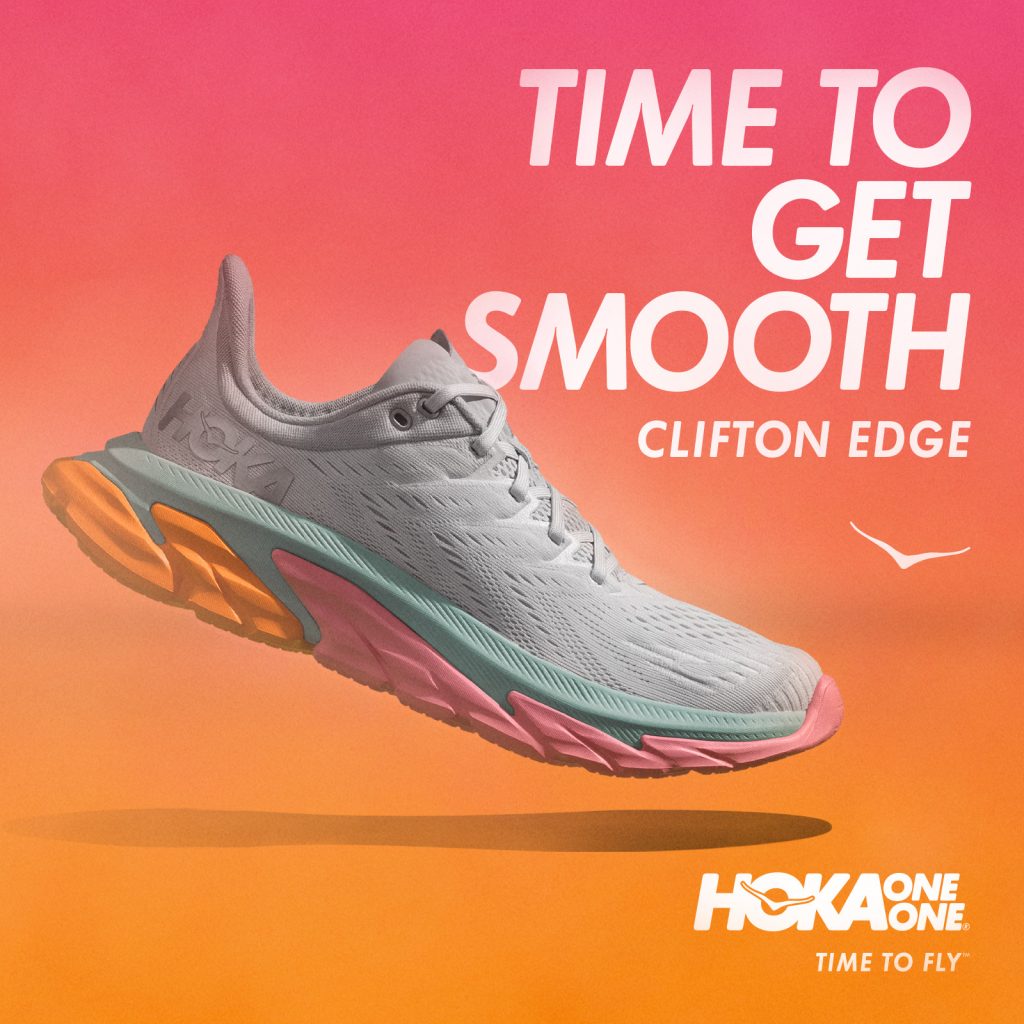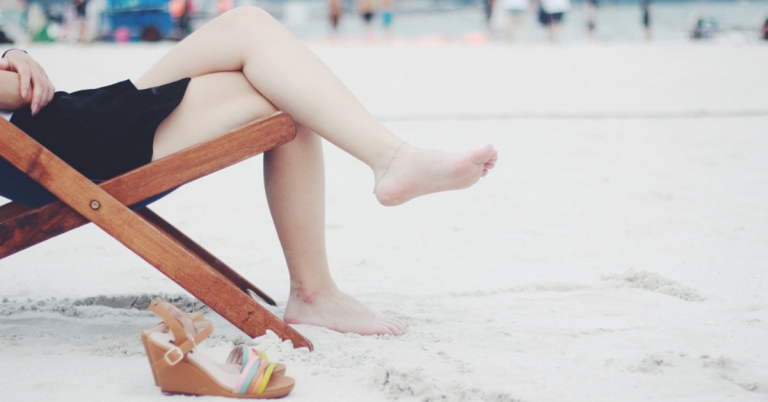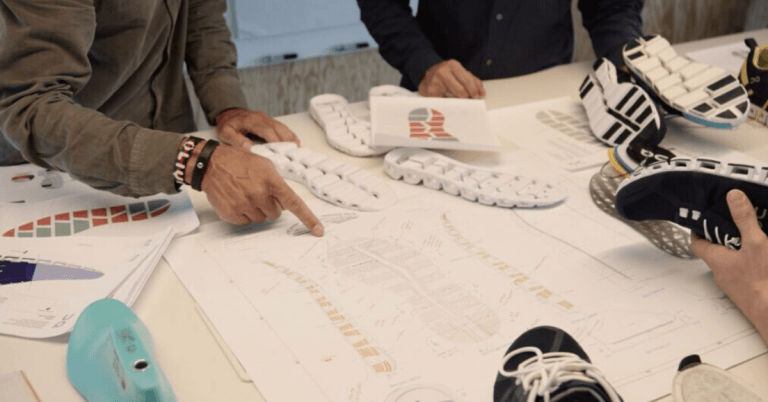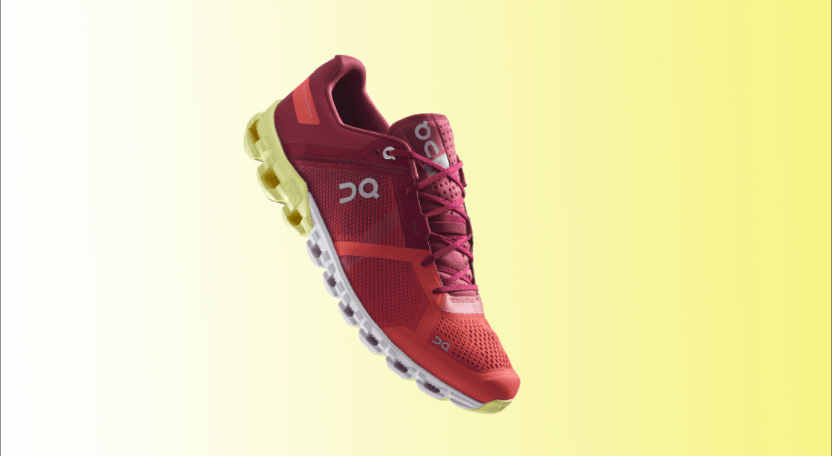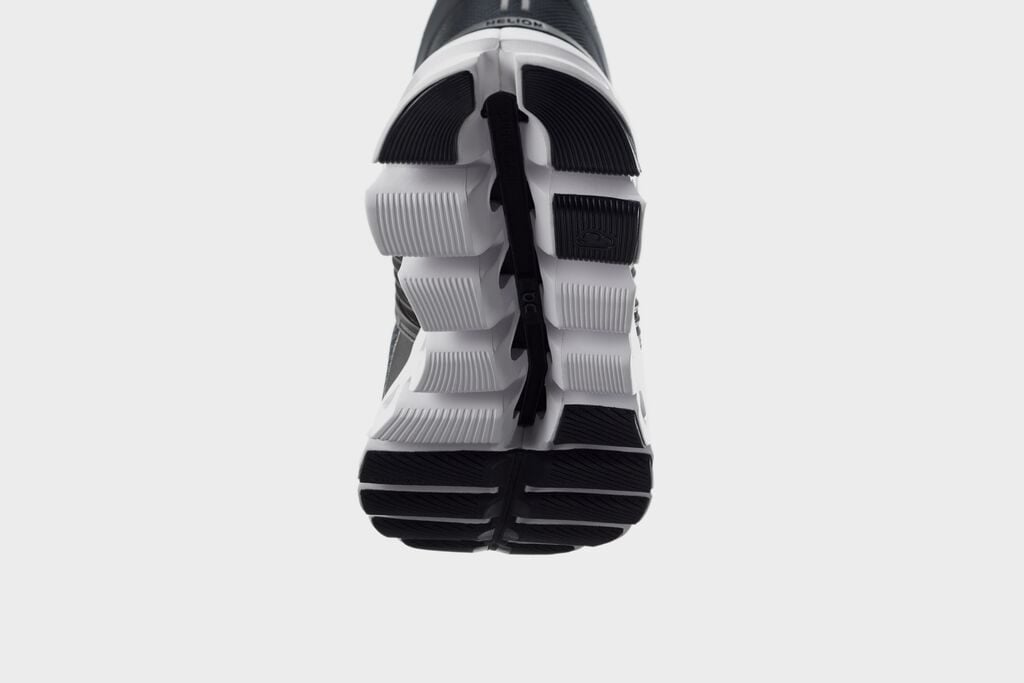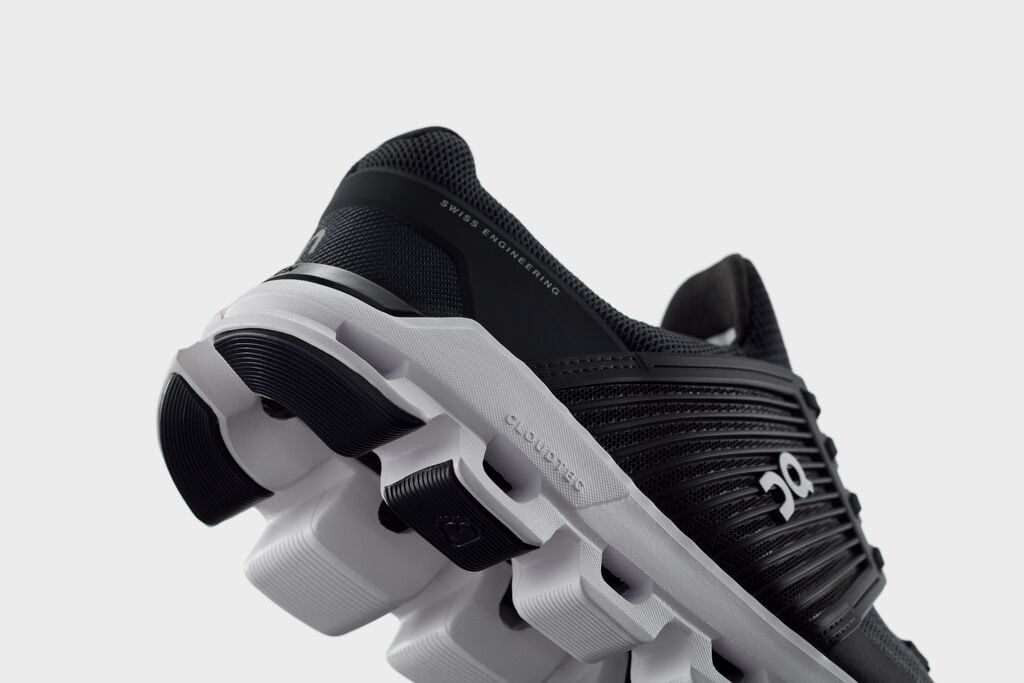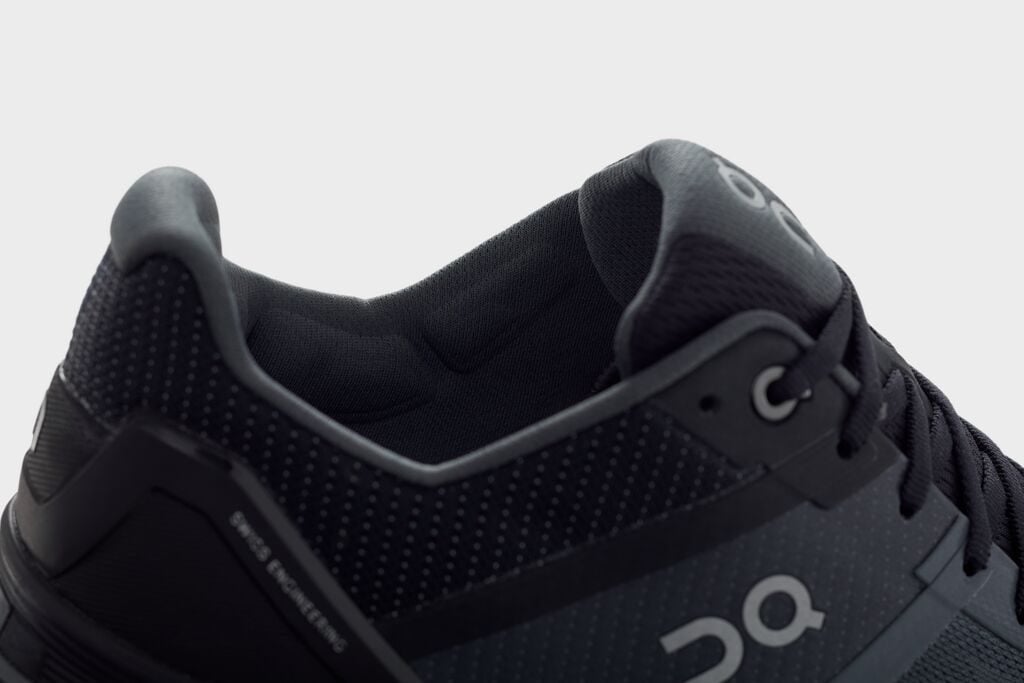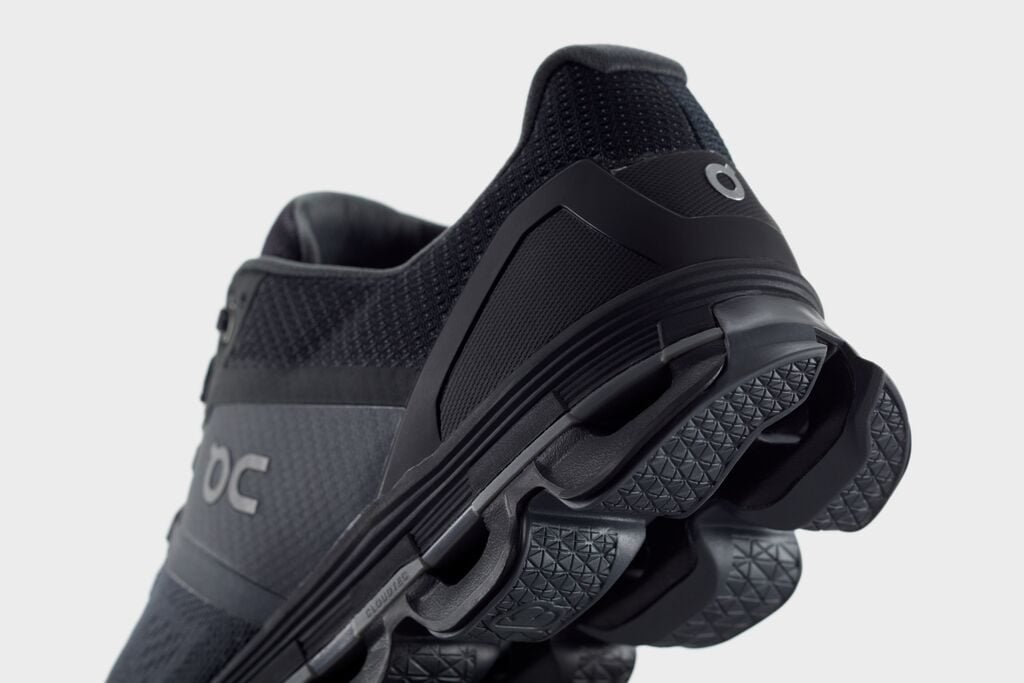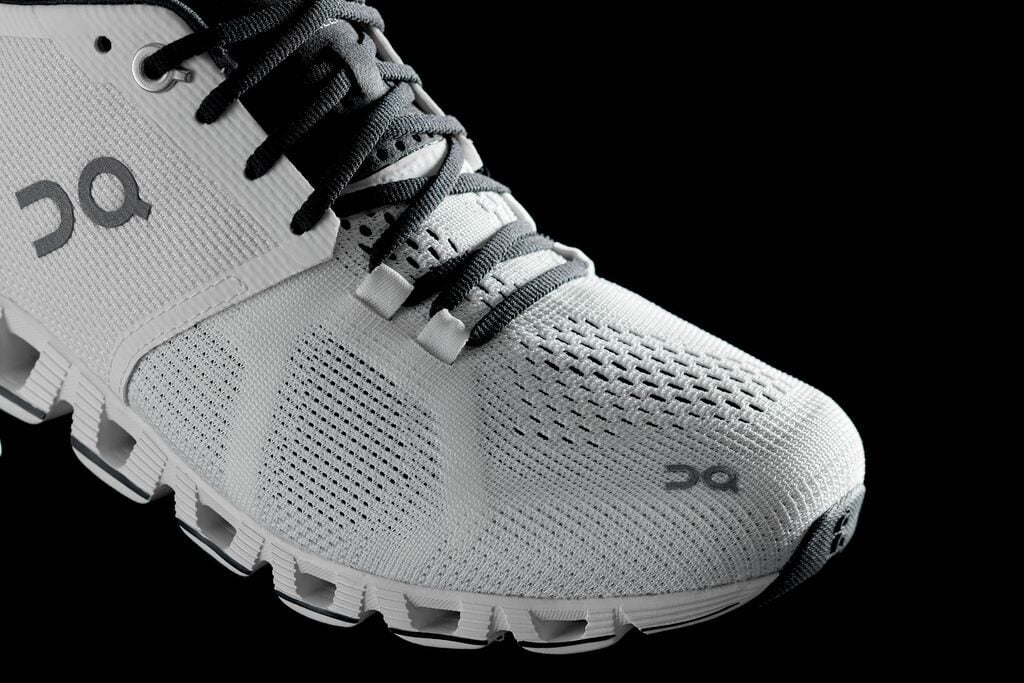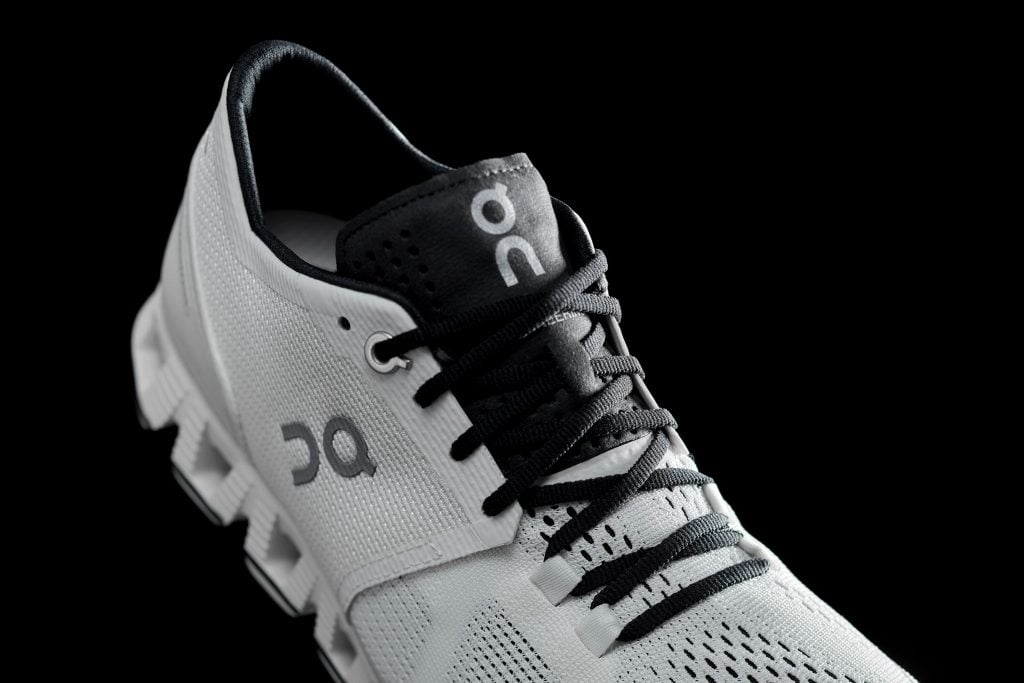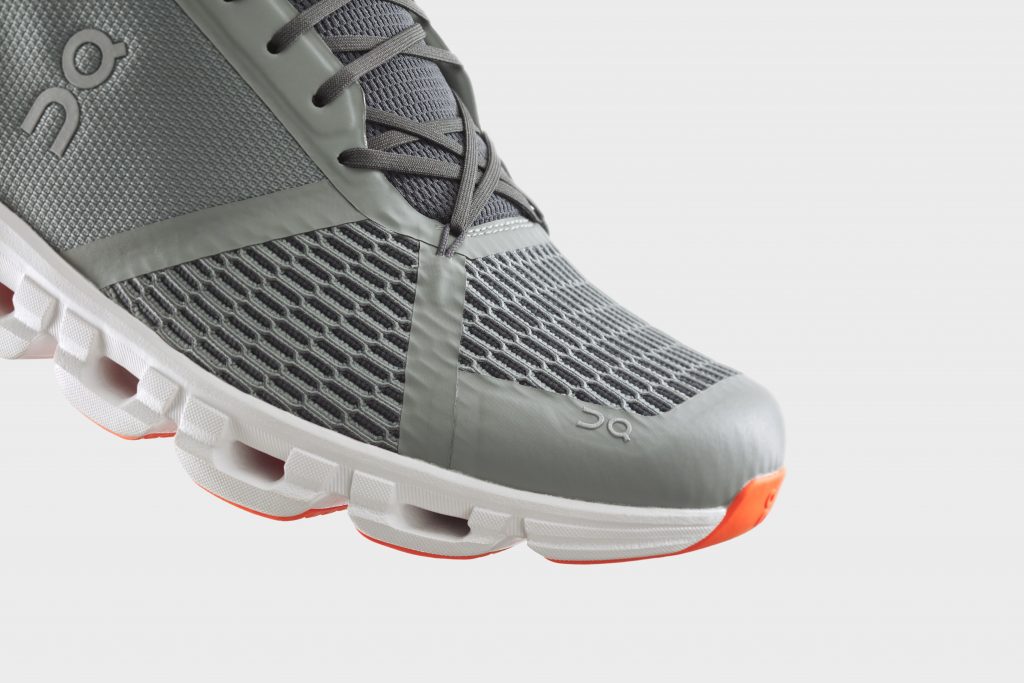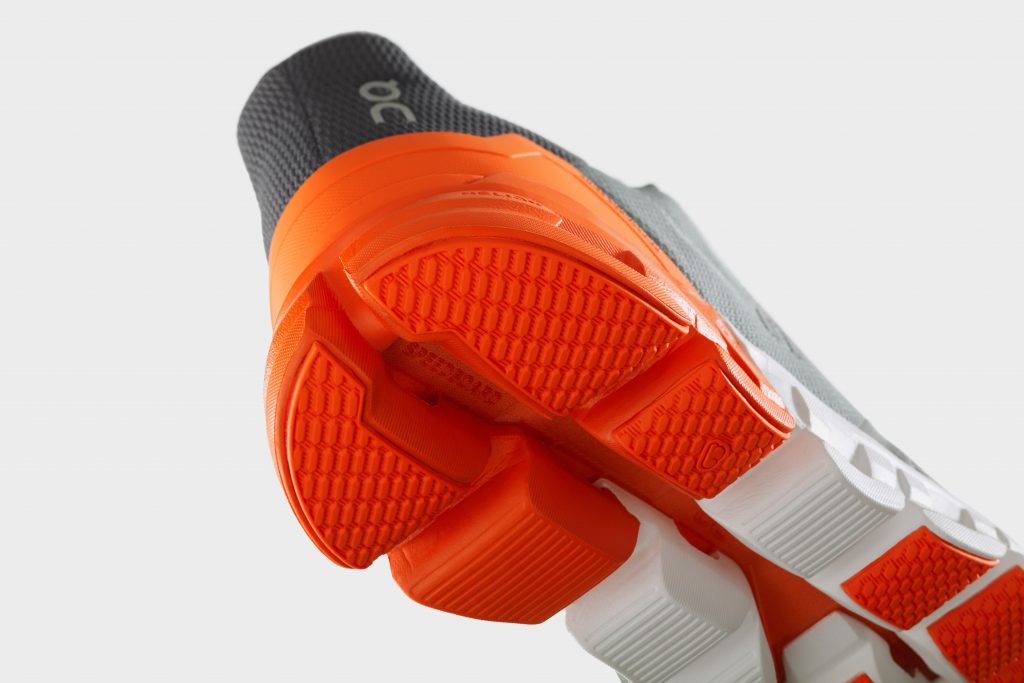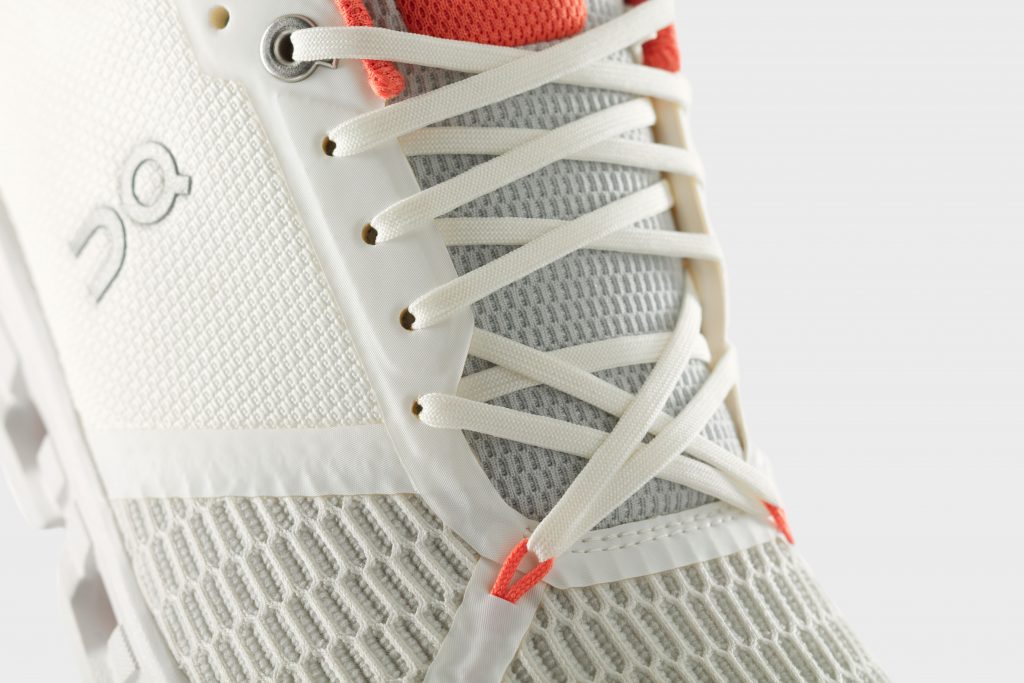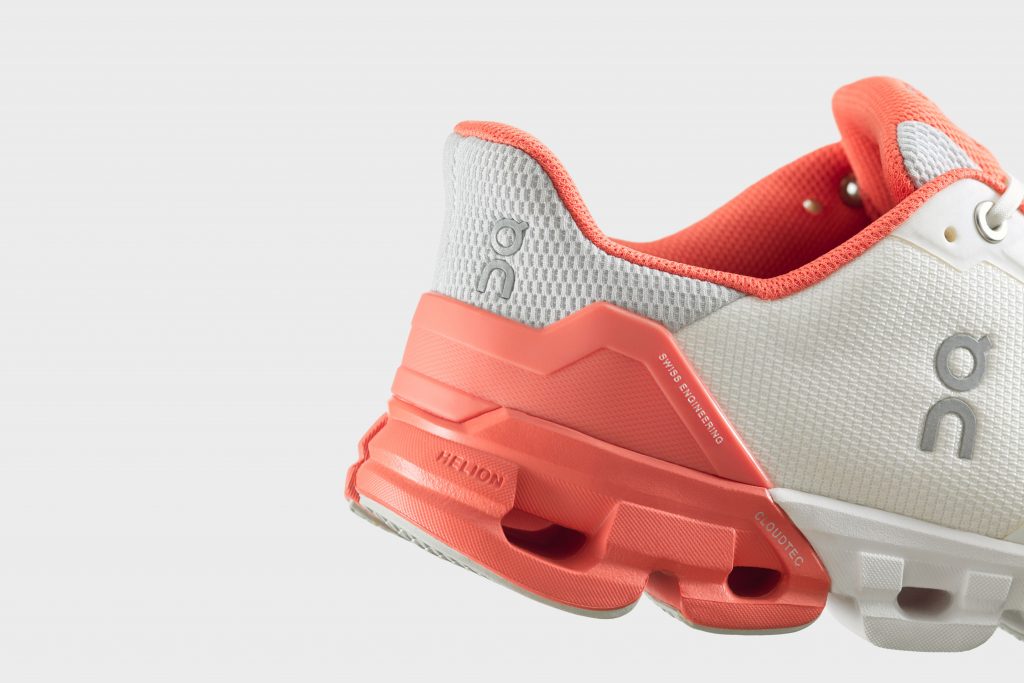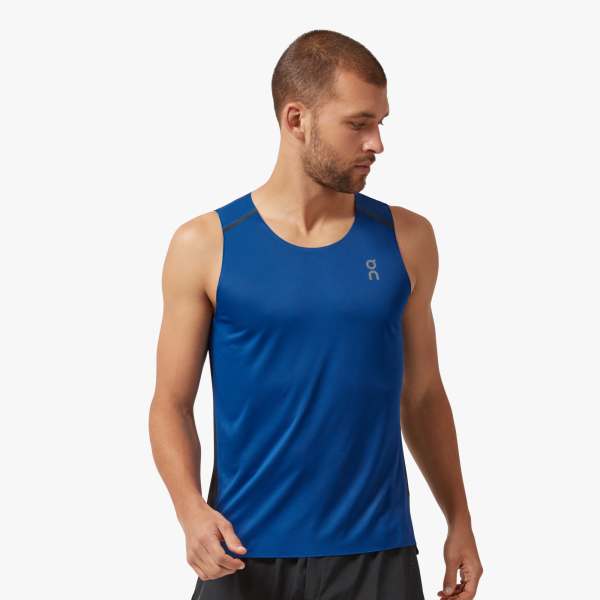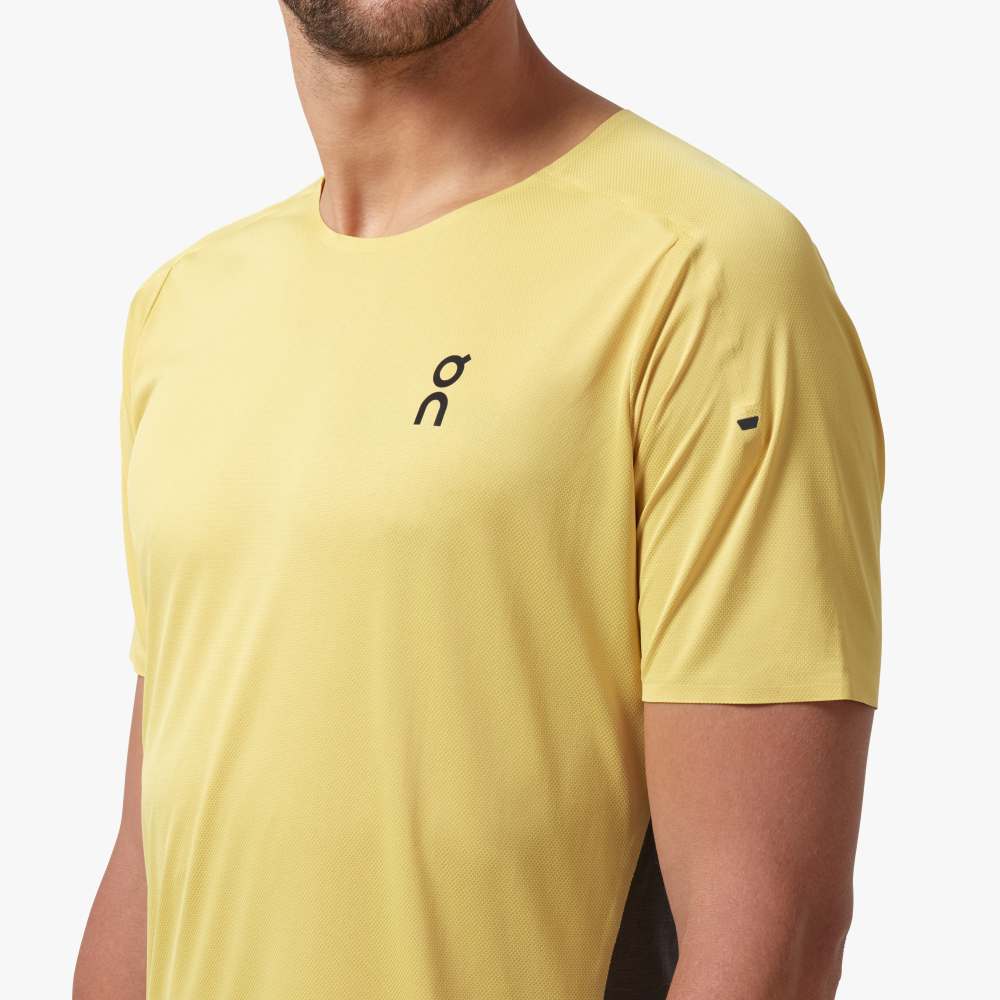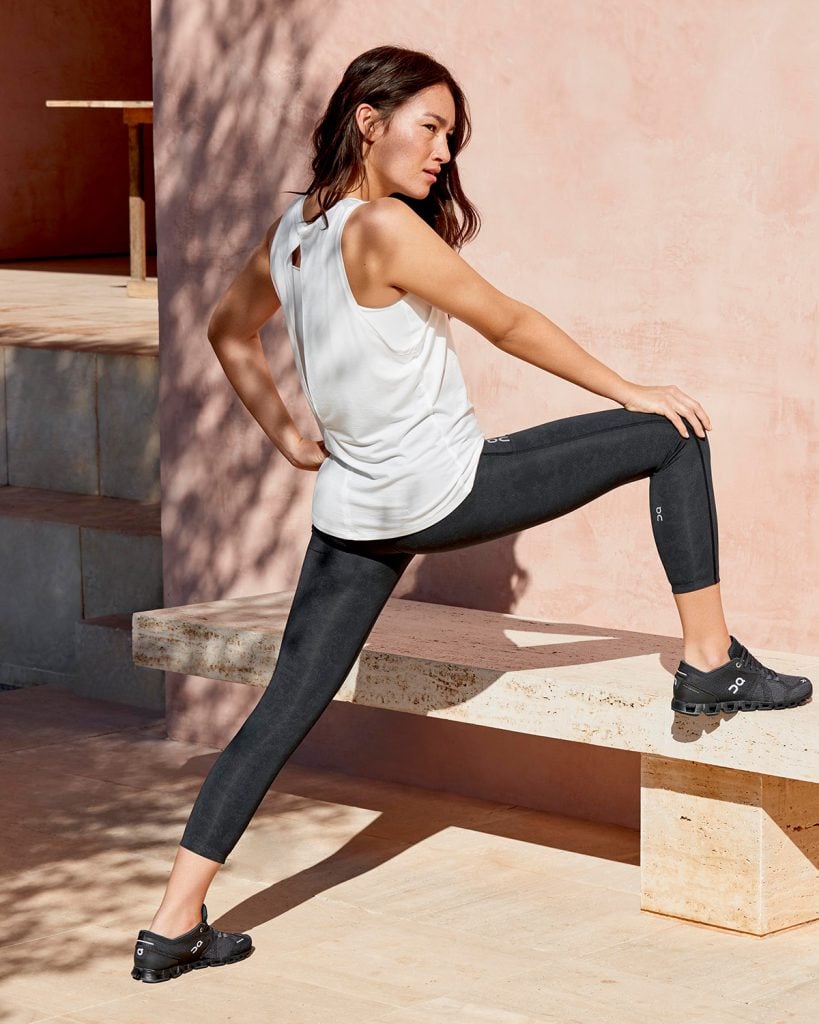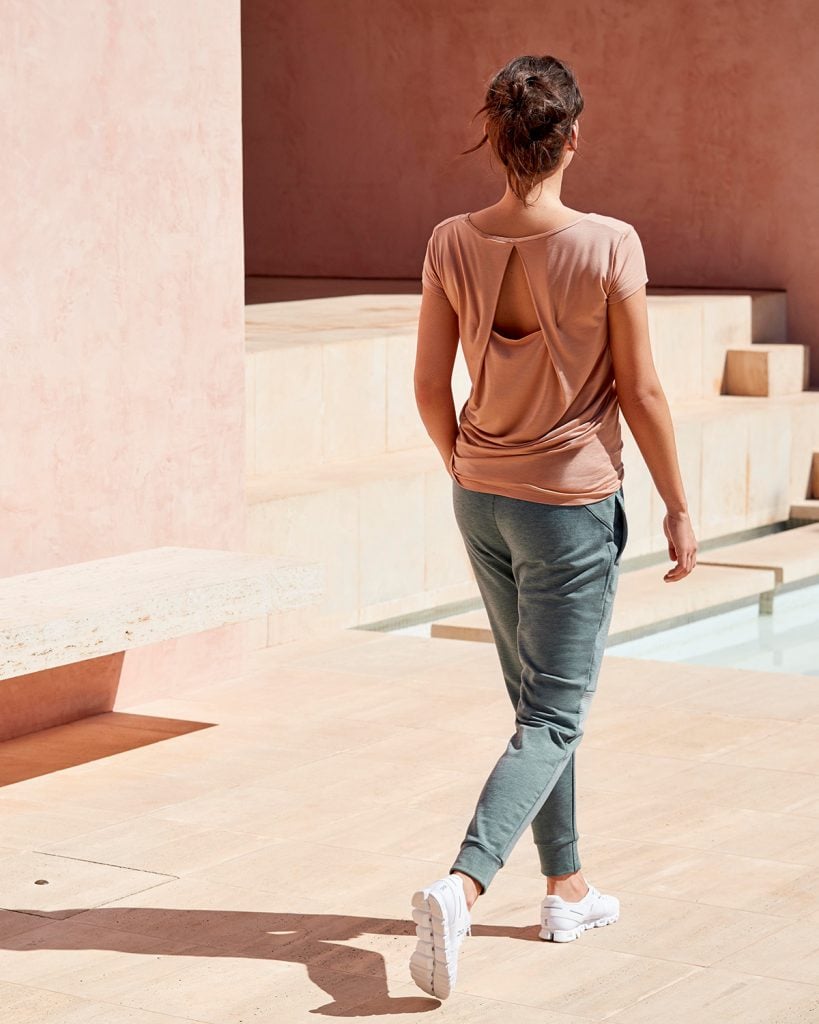The typical college student is often stressed, overwhelmed, and always short on time. With that in mind, it’s quite easy to fall into an unhealthy routine, such as eating junk or skipping meals and spend many years after trying to overcome or undo its effects.
A healthy lifestyle is a matter of choice. Believe it or not, college is the perfect time to build healthy habits that you can stick to for the rest of your life. In order to lead a healthy lifestyle, it is very important to pay attention to your basic needs. This includes finding comfortable student accommodation in hamburg (if that’s where your college is located), so that you can get uninterrupted sleep and have a space to cook your own healthy meals.
This is just one aspect to focus on. Read on to learn which habits to prioritize in your young adult life that will benefit your health now and in the future.
Start Your Day with a Healthy Breakfast
How you start your day will almost always determine how the rest of it goes. If you begin your day without eating, you will feel tired, sluggish, and grumpy. To avoid being energy-deficit, start your day with a healthy, nutrient-rich breakfast. With a good breakfast, your body will not struggle as much, even if you miss your midday meal.
In most cases, students miss breakfast because they are late for class. So, plan for breakfast time in your morning routine and try to wake up early.
Carry Water with You to Stay Hydrated
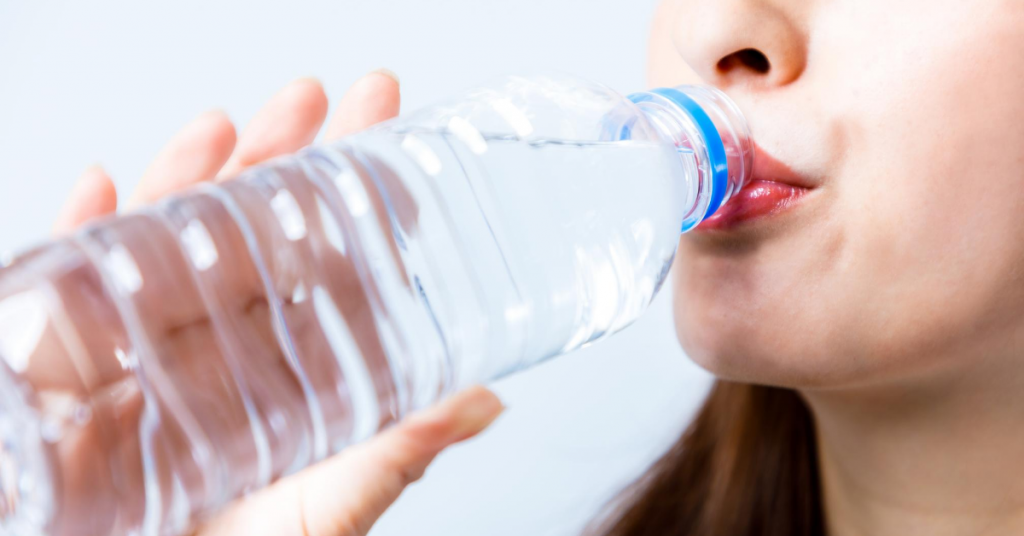
Buy yourself a handy water bottle and fill it up with water for the day each morning before leaving your hostel. Coupled with a glass when you wake up and another in the evening, you stay hydrated the entire day.
So, why exactly do you need to hydrate? Drinking adequate amounts of water will regulate your body temperature, lubricate joints, transport essential nutrients to cells, maintains organ functions, and boost sleep. As a student, water also enhances your cognitive abilities, thus helping you be alert and concentrate better in class.
Moderate intake of Sugary, Caffeinated, and Alcoholic Drinks
While you make healthy meal choices, also be mindful of what you drink aside from water. Alcohol, sodas, and caffeinated drinks provide low, if any, nutritional value to your body. However, they often carry vast amounts of calories that may present adverse impacts on your weight and general wellbeing.
Alcohol also comes with a hangover among other not-so-pleasant effects. So, party and have fun in college but do so with moderation to remain in your best shape.
Make a Workout Plan That You Can Stick To
On matters of physical wellness, also ensure you stay active on most days of the week by working out. If you intend to remain fit and healthy, a brisk daily walk, short runs, indoor exercises, or going to the gym are all excellent options. Just create a schedule that you know you can stick to effortlessly and switch it up now and then to avoid getting bored.
Sleep at Least 8 Hours Whenever You Can
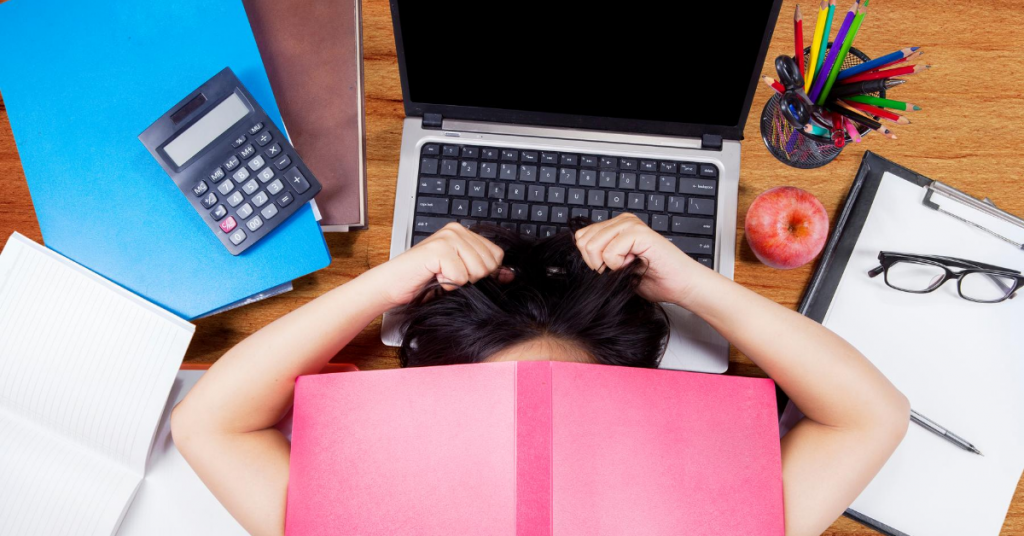
If you’ve not heard this before, sleep is vital for overall physical and psychological health. The amount of sleep you get every night has a direct connection to your emotional and social wellbeing. In fact, lack of enough sleep has been linked to serious health problems such as inflammation, depression, suppressed immune functioning, stroke, cardiac issues, and cell deterioration.
Get enough sleep, preferably eight hours or more, and no less than seven hours as often as you can. You can also take short power naps during the day to recharge, especially when you didn’t rest enough the previous night.
Learn to Fight Stress the Right Way
The hectic and high-pressure environment of college can quickly increase your stress levels. So, practicing proper stress management will be good for your mental health even after college. Creating a routine that balances your work and rest times, going for on-campus yoga or meditation sessions, working out, and finding exciting hobbies are some excellent ideas to fight stress.
Give Yourself a Break from Work
Overworking yourself is another bad habit that negatively affects your mental and physical health. So, if you’re a workaholic, try cutting down your working hours to manageable levels and don’t take work to bed. Also, set realistic goals that can be achieved in a day. Don’t try to do everything at once. Lastly, get help if you need to. For example, you could hire a ‘write my essay’ expert to tackle an assignment if you feel overwhelmed.
Build a Solid Support System
Keep in touch with close family and friends regularly to avoid loneliness, stress, and depression. Create time for your friends on-campus too. Most importantly, don’t be afraid to build new friendships. College is the best place to make lasting relationships.
Final Words
Your health, be it physical, emotional, or mental, is your responsibility. If neglected, it can affect the length and quality of life. Taking charge of your health when you are young and in college by building on good habits will benefit you for the rest of your life.


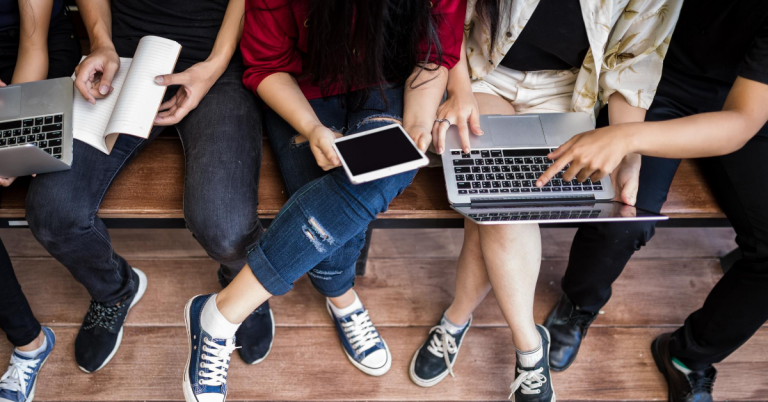
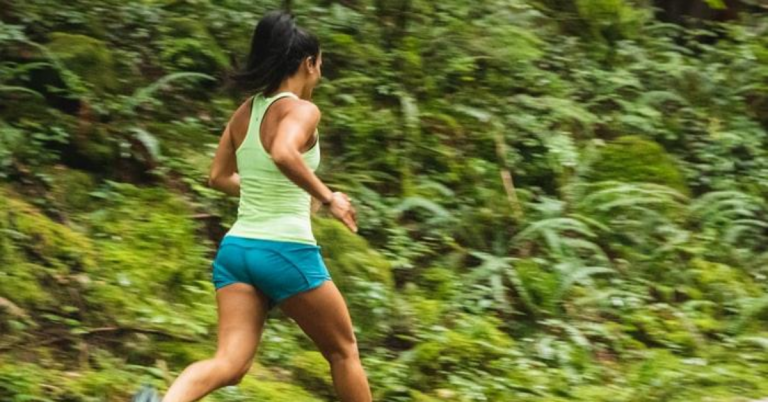
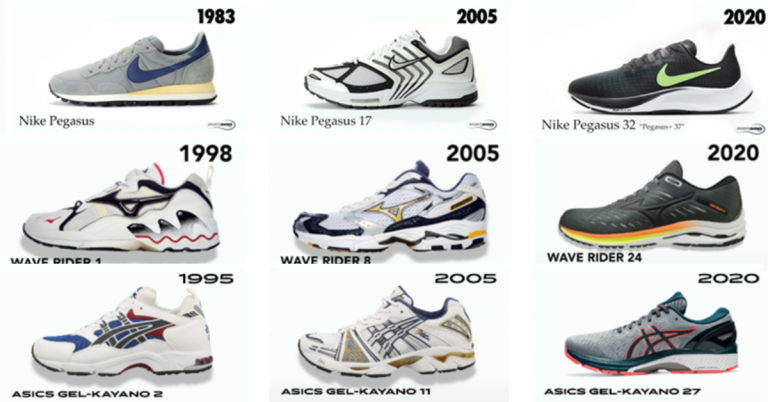
![2020 Pandemic and Running [Covid 19] (by Lingderella) 2020 Pandemic and Running [Covid 19] (by Lingderella)](https://www.justrunlah.com/wp-content/uploads/2020/07/IMG_20200726_095616-768x923.jpg)
